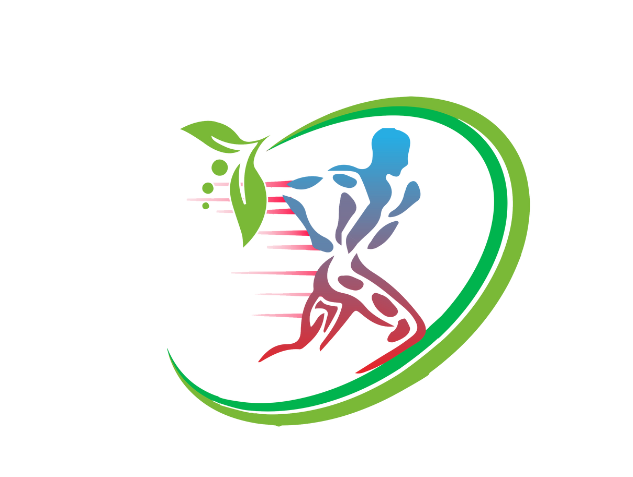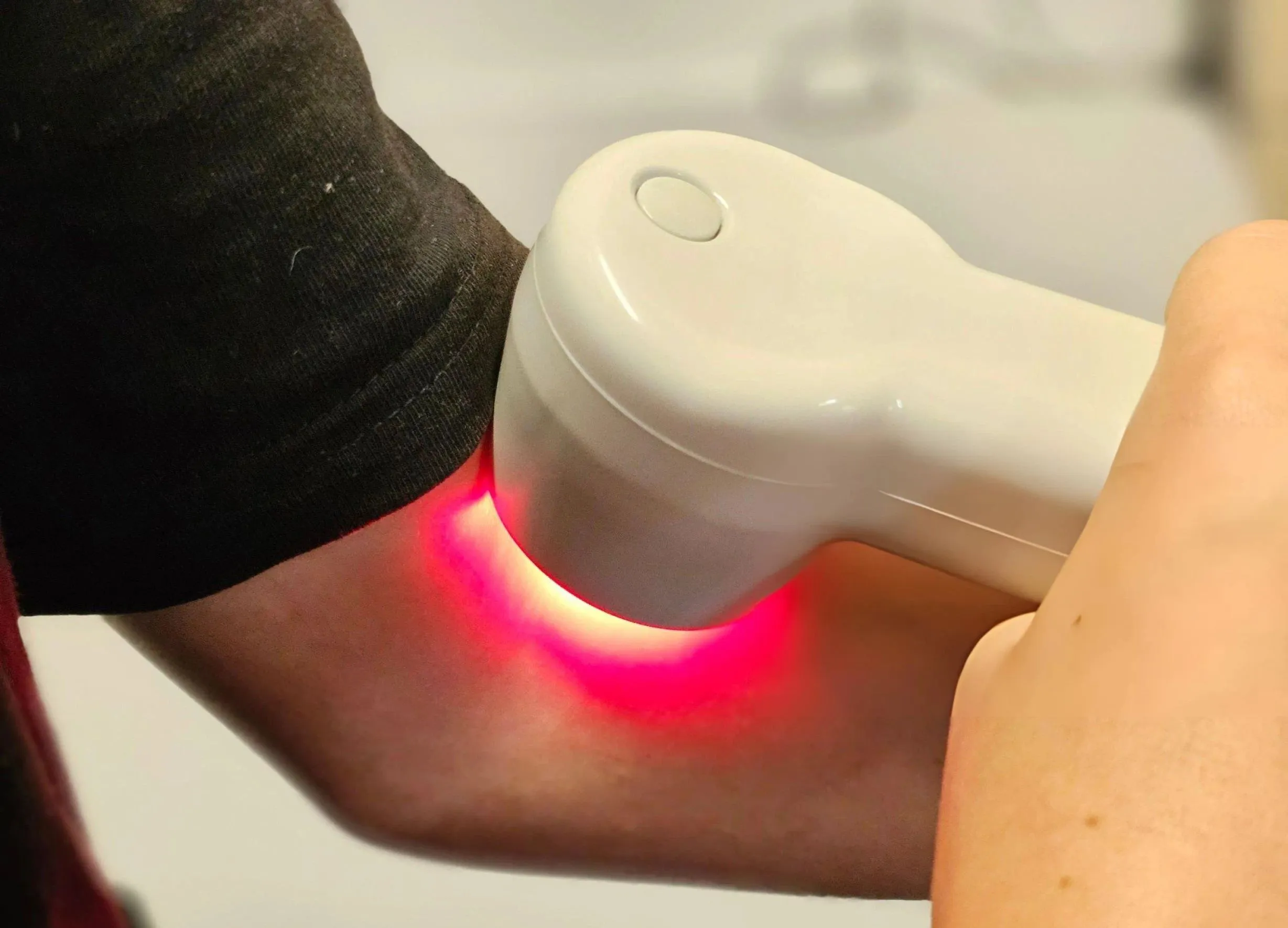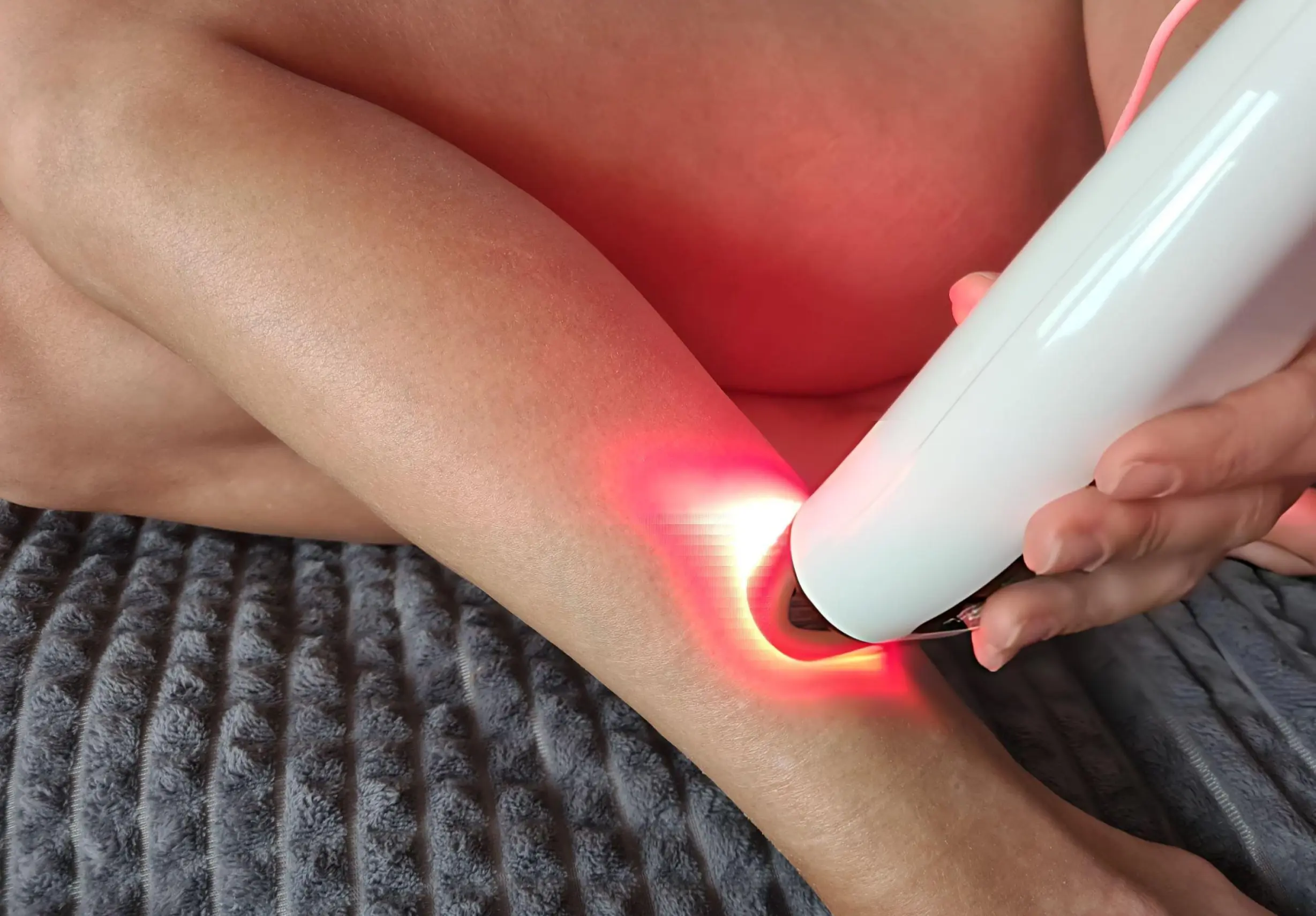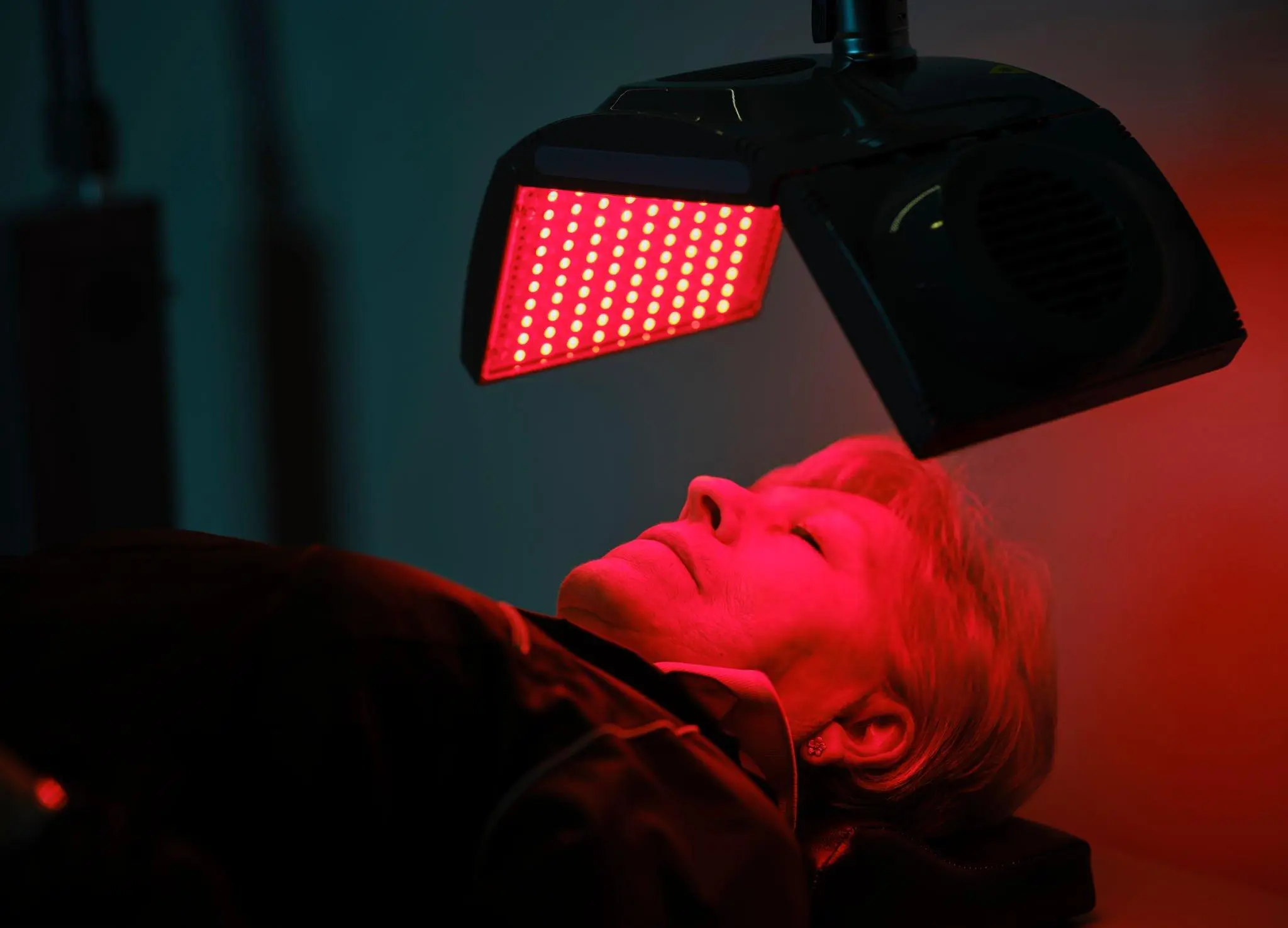Particularly in cases when wounds are deep, chronic, or aggravated by underlying medical conditions, wound healing is a problematic, multi-stage process that can be taxing. Despite their efficiency, traditional wound care techniques can be slow and associated with pain, scarring, and the risk of infection.
Recently, Low-Level Laser Therapy (LLLT) has been getting a lot of attention as a possible cure because it helps wounds heal. In this post, we’ll talk about how LLLT works, how it helps wounds heal, and how it compares to other treatments.
What is Low-Level Laser Therapy (LLLT)?
LLLT is a therapeutic laser treatment that doesn’t hurt you. It uses specific wavelengths of light to get into cells and heal. LLLT usually uses wavelengths between 600 and 1000 nanometres, which let light reach deep cells without heating them. LLLT works at a lower intensity than some other laser treatments, which focus on cutting or ablating tissue. This helps cells do their jobs instead of destroying tissue.
Since its creation in the 1960s, LLLT has gained widespread use in medicine and therapy. Photobiomodulation is the idea that certain parts of cells, like mitochondria, can receive light energy. This makes cells work better and helps them heal.
How LLLT Supports Wound Healing
LLLT helps wounds heal because it can speed up some biological processes that are important for recovery:
Stimulation of Cellular Activity: LLLT helps make more fibroblasts, which are cells that help produce collagen, a structural protein needed for wound healing. No doubt, collagen production can make the tissue more stronger and flexible.
Less inflammation: LLLT supports the wound healing by reducing the amounts of inflammatory cytokines at the wound site. Also, this action not only helps to reduce the pain but swelling as well and it also speeds up the healing process.
Better Blood Flow: LLLT improves microcirculation, which means that more oxygen and nutrients get to affected tissues. This helps tissues heal faster.
Pain Management: LLLT can help ease the pain and stiffness that come with wound healing. This can help people with ongoing wounds the most, making their recovery more comfortable.
Types of Wounds Treated with LLLT
LLLT is flexible and effective for treating a variety of injuries. Burns, surgical wounds, and abrasions: LLLT stimulates the production of collagen and reduces the formation of scars, thereby expediting the healing process for surface-level injuries.
Diabetic ulcers, pressure sores and venous leg ulcers: Chronic wounds have shown much improvement with LLLT, particularly in the diabetic and impaired perfusion population groups. The therapy promotes tissue healing while reducing the infection risk and assisting in wound closure.
LLLT can help patients recuperating from surgery accelerate healing, lower inflammation, and minimize scarring, thereby enhancing cosmetic results. For particular types of wounds, especially those sluggish to heal or prone to complications, LLLT has shown exceptional results.
Benefits of LLLT for Wound Healing
LLLT offers several benefits that make it a preferred choice for patients and healthcare providers:
- Faster Healing: Studies have shown that LLLT can reduce healing times compared to traditional wound treatments by accelerating cellular repair processes.
- Lower Infection Risk: LLLT’s anti-inflammatory effects also lower the risk of infection in open wounds, a critical advantage for chronic wound sufferers.
- Enhanced Cosmetic Results: LLLT reduces the likelihood of noticeable scarring by promoting smoother, healthier skin regeneration.
How Laser Pain Management Enhances Wound Healing
Good pain management can either hasten the healing process or help a wound recover in much less time. In our clinic, LLLT is used for pain management as well as for wound healing. Combining modern LLT technology with our vast understanding enables us to speed patient treatment and simultaneously lower pain levels, so enabling a nice and easy recovery.
Our Clinic’s Expertise in LLLT for Wound Healing
We’re proud to be at the top of new ways to treat wounds here at healthcare evolutions.Our skilled doctors and trained staff work closely with each patient to make LLLT treatment plans that are unique to their needs.
FAQs
Are alternative therapies compatible with LLLT?
Indeed, LLLT can be safely mixed with dressings, topical drugs, and physical therapy, among other wound-healing techniques.
How long does it take for LLLT to show results on wounds?
Although outcomes can vary, many patients find that within a few sessions their pain and inflammation improves significantly; in a few weeks, notable wound healing is seen.
Is LLLT safe for all kinds of injuries?
Usually, yeah. Some scenarios, though, could call for a customised solution. See your doctor to create a treatment plan fit for your particular kind of wound.
How different is LLLT from conventional laser treatments?
Among several aspects, LLLT differs from traditional laser treatments in power, wavelength, side effects, cost, and portability.
Conclusion
Unlike other laser therapies, LLLT employs a low power level that enables cells to perform functions required for healing of wounds. Because it is safe, non-surgical, and enhances patient outcomes, this treatment has been particularly beneficial for healing wounds including burns and chronic ulcers.





